The gig economy is alive and well. In fact, this modern online phenomenon has only…
You Are What You Wear: MoMA Taps the Museum-Going Public as the Subject of Its Latest Show
Real-time art merges with historical archive in Emily Spivack’s An archive of everything worn to MoMA from November 1, 2017, to January 28, 2018 at the Museum of Modern Art in New York. Asking museum-goers to text a list of what they or someone around them is wearing at the time of their visit, Spivack projects the descriptions in various locations throughout the museum.
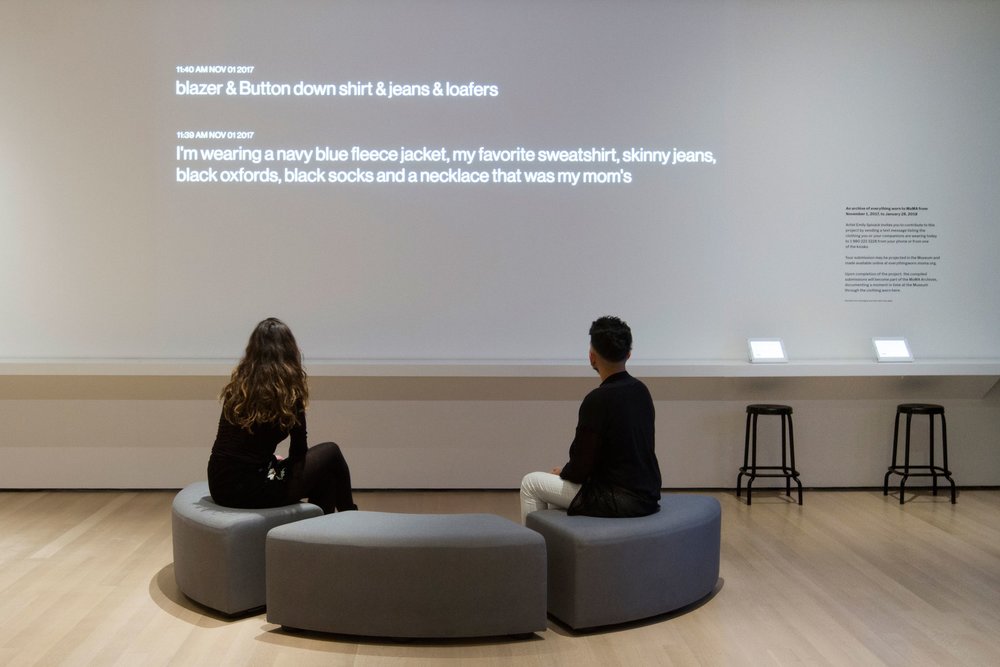
The descriptions are also accessible online at everythingworn.moma.org, and will ultimately be printed, bound and placed in MoMA’s archives “to preserve a record of Museum visitors at a specific moment in time through the clothing they wore,” the Museum explains. Once completed, the project will capture “an impression of a specific period of time at the Museum through vernacular descriptions of clothed bodies.” In essence, Spivack achieves exactly what a painting might do—seizing a specific, self-contained moment, recording it for posterity.
The experience is creating quite a buzz, not only because of its association with the exhibit Items: Is Fashion Modern?, the institution’s first clothing design-focused show in 70-plus years of existence, but because visitors are at the heart of the exhibition. No other real-time exhibit speaks quite so loudly about the contemporary museum-going experience and the contemporary museum-goer.
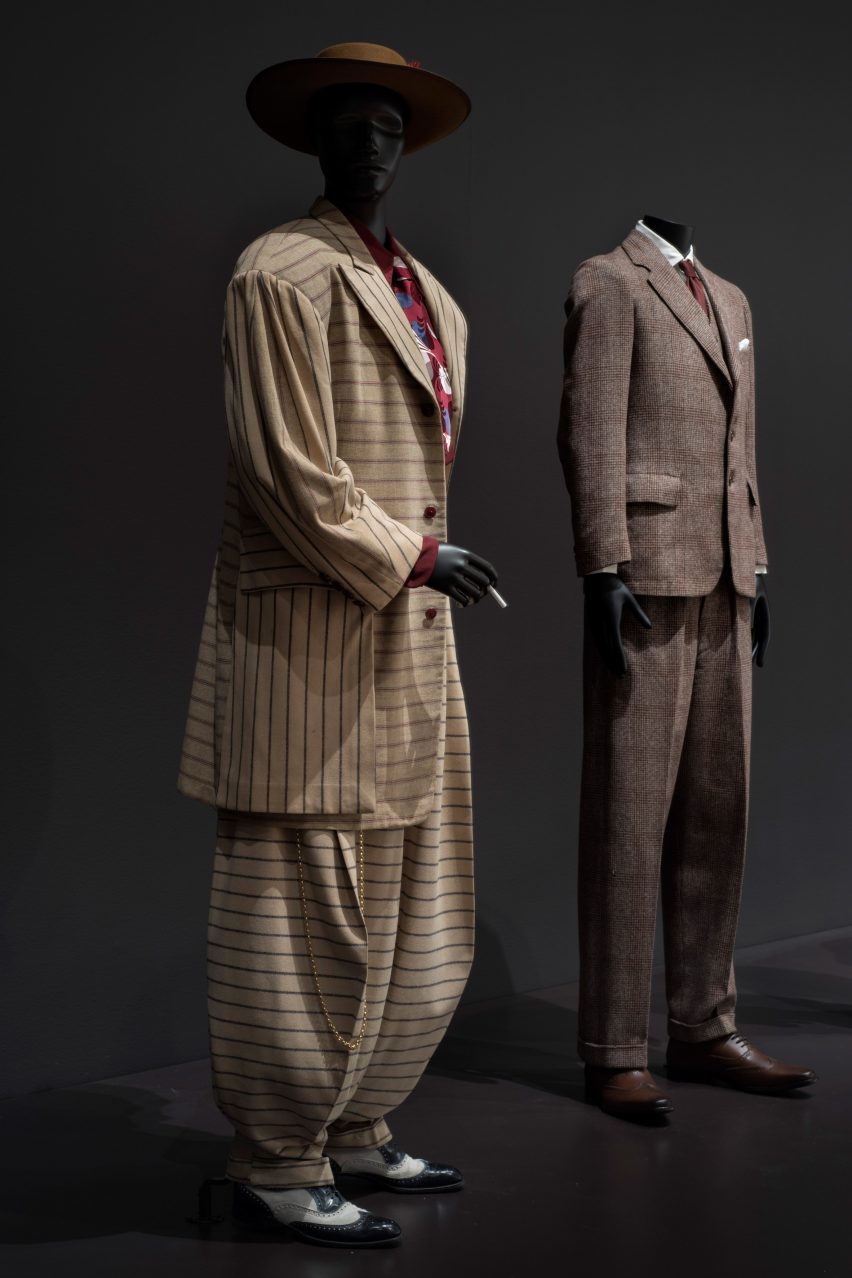
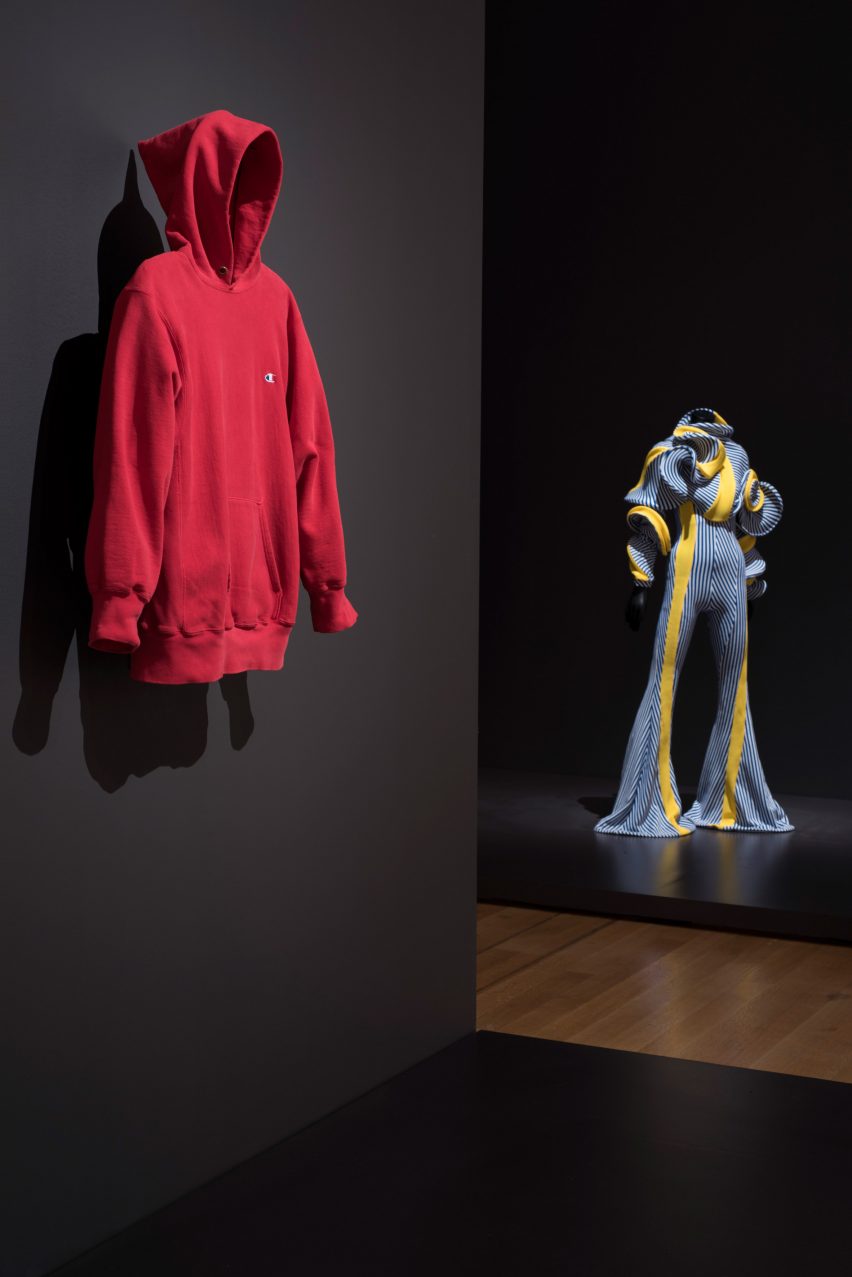
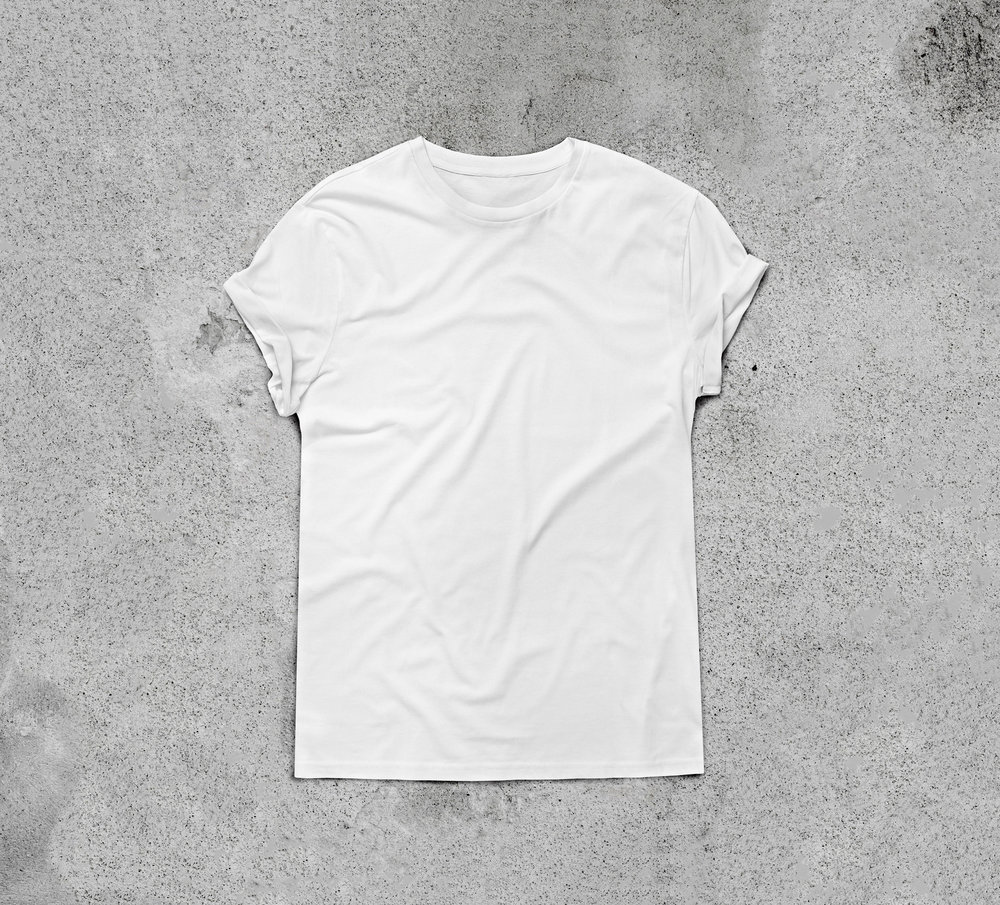
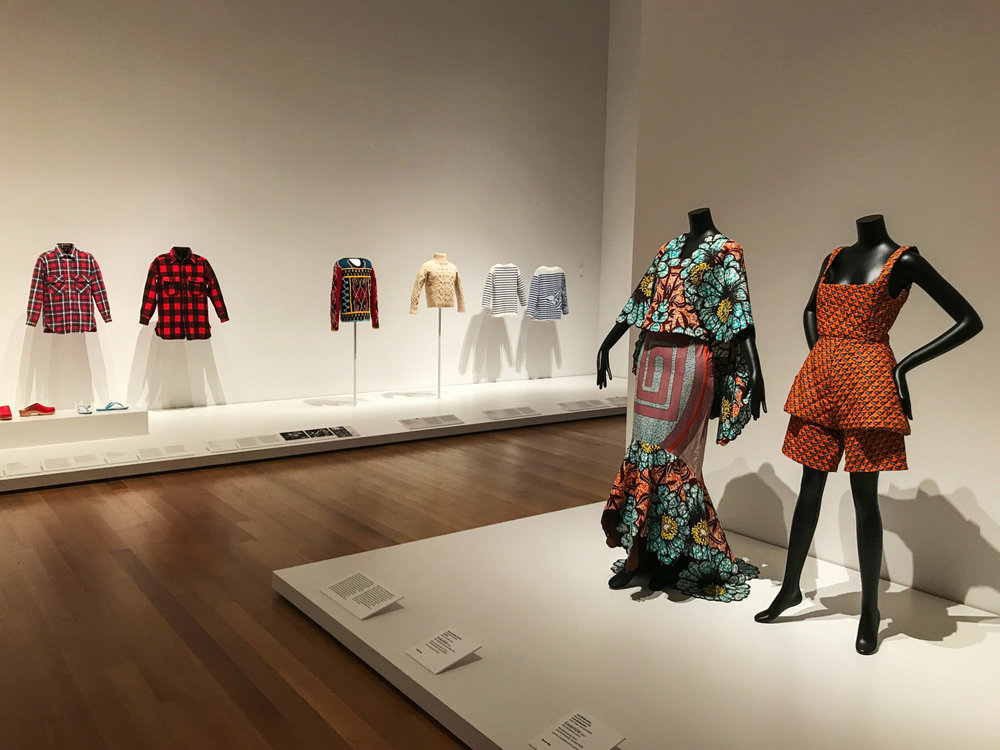
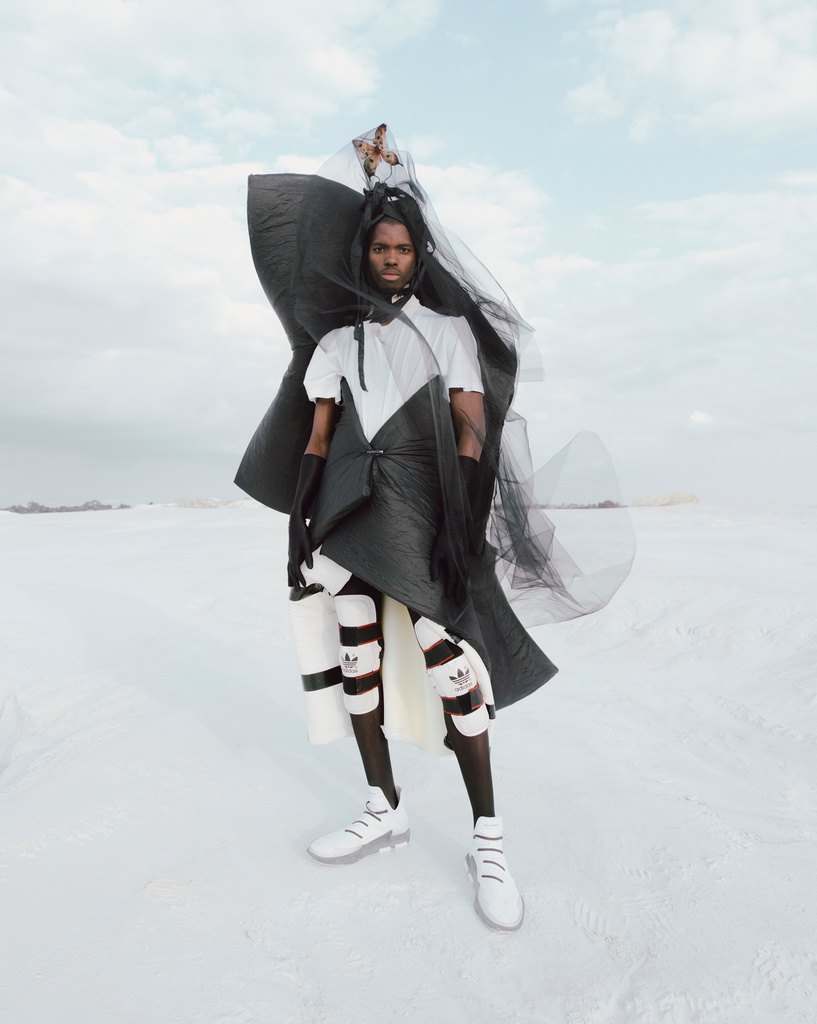
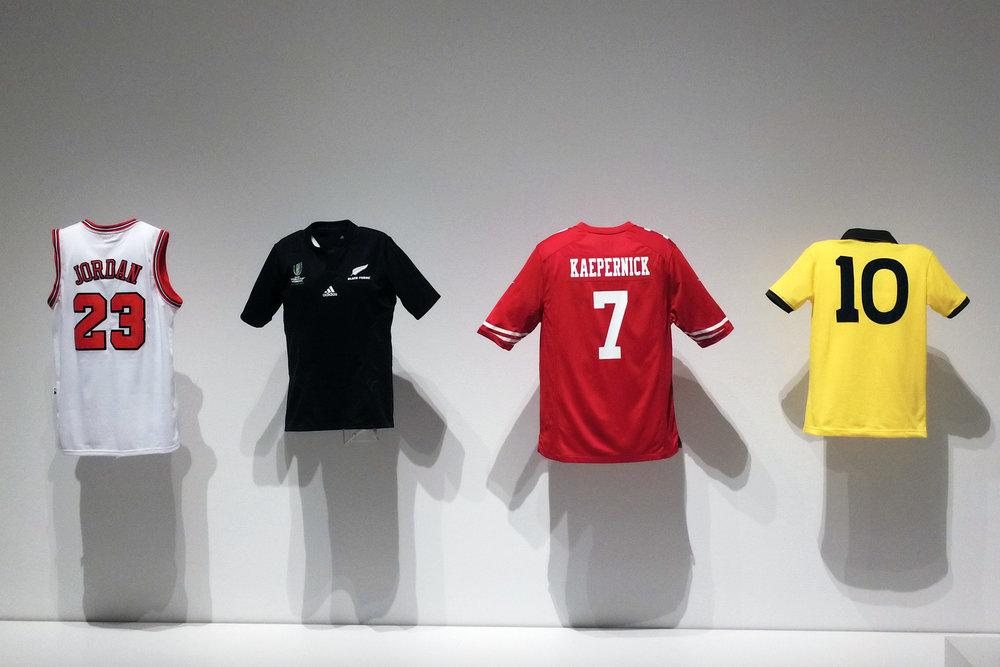
![]()
The time is ripe to tap the public as a source of artistic and historical inspiration. We live in a culture where every Instagram and Facebook post is more about selfies in front of Andy Warhol’s Campbell’s Soup Cans than it is Andy Warhol the artist and his work for its own sake. Of course, there are social media naysayers—it’s impersonal, it’s inauthentic, you are the purveyor of your own inflated self-image. But in the context of art, which, at its heart is created to illicit a response from the viewer, there’s nothing quite so fitting as having the museum-goer—and specifically the museum-goer’s clothing—as the primary focus.
MoMA’s exhibit is inadvertently both a commentary on and a reflection of modern society, where there is no anonymity, self-obsession reigns, and fame on the viral stage is just one “like” away. But Spivack also offers a different kind of self-expression, one that encourages an analysis of self-image, and the way the clothes that we wear help to define us.

“There’s so much out there right now that’s overtly visual; this is different than snapping a photo and sending it,” Spivack tells The New York Times. “This project encourages you to think about your clothing. It’s an opportunity to ask, ‘Why did I make these decisions and what do they say about me?’”
The question is, when does it become more about the viewer and less about the art? That moment might be now. There are a lot of good things to say about social media and its influence on modern society. One sticking point is whether the focus on “self” versus “subject” is one of those good things. As far as I’m concerned, whatever it takes to get more people interested in art, more bodies into museums, and artists more inspired to push the limits of creative expression, is a good thing. Thanks to social media, we have benign permission to indulge in our own narcissism. And thanks to Spivack, that narcissism populates what is rapidly becoming a fascinating historical record of the everyday trappings of everyday people in everyday life.
Is art lost as a result? I don’t think so. Instead, our relationship with art changes. We are part of it, if not the artwork itself, as the current MoMA exhibit reveals. Art for and by the people–and there’s nothing wrong with that.



